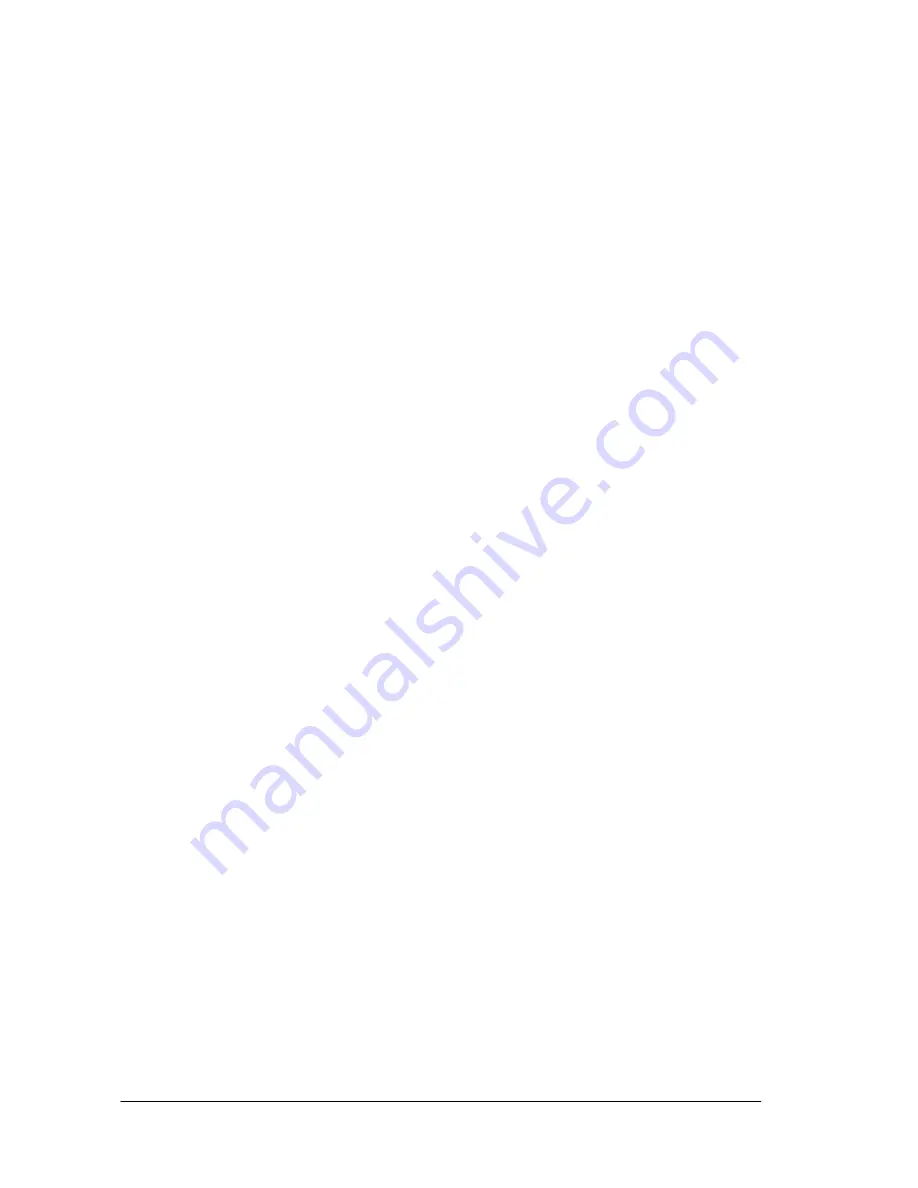
GRAUPNER GmbH & Co. KG D-73230 KIRCHHEIM/TECK GERMANY
No liability for printing errors. Technnical modifications reserved.
#0060384
04/2009
49
into the RC components, dry them out carefully and send them to your nearest GRAUPNER Service
Centre for checking.
•
Clean the model and transmitter using suitable cleaning agents only. All you need is a lint-free cloth.
Never
use chemical cleaners, solvents, methylated spirits, white spirit or similar.
•
Lubricate the propeller shafts at regular intervals by applying a small drop of oil to the bearings. The
outer shaft bearings at the propellers also need to be lubricated. Use a type of oil which does not soil or
contaminate water, e.g. Order No. 206. At the end of the season we recommend that you remove the
propeller shafts and re-lubricate them using water-neutral grease, Order No. 570.
Assembly instructions
•
Glue together the boatstand components (parts 1 + 2 + 3) in pairs, then assemble the stand by gluing
the doubled parts together.
•
Double up the keel heel components (part 5), and glue this assembly to the underside of the hull and the
Schottel pump jet (part 6).
•
Attach one motor mount (part 8) to each stern tube (part 7), then glue the motor mounts in the motor
mount holder (part 9). Note that these parts must lie flush at the rear, and line up correctly with the sur-
face of the wood.
•
Attach the shaft couplings (part 11) to the motors (part 10), then fix the motors to the motor mounts. We
recommend that you solder the suppressor capacitors and power cables to the terminals before you
install the motors.
•
Place the motor assembly inside the hull, and align the motors carefully. When you are satisfied, tack the
assembly in the hull with a few drops of cyano, then apply a fillet of UHU acrylit along the joints to make
a permanent bond. Trial-fit the shaft braces (part 12), then glue one of the braces to the hull at an angle
as shown. Remove the shaft guide (sleeve) from the opposite shaft brace, then glue it to the sleeve of
the first brace. If you complete this as described, the shaft brace will be angled at the correct ‘dihedral’.
•
Attach the two propellers (part 13 + 14) to the stern shafts.
•
Glue the stern wall (part 15) in the hull. Ensure that the side walls are lined up correctly with the cut-out
in the hull when they are glued in place; offer up the stern flap to check this.
•
Glue the stern wall reinforcements (part 16) to the inside of the stern wall.
•
Cut the two rudder bushes (part 17) and rudder shafts (part 18) to length. Cut out the rudder blade shells
(part 19), sand them flat, cut the openings for the rudder shafts, and glue each shaft in one blade shell. It
is advisable to sand the shafts flat beforehand, to prevent the blades working loose, and rotating on the
round shafts. Glue the second blade shells on top of the first ones. Glue together the four parts which
form the rudder bush support (part 20). Glue the rudder bushes in the support; they should project by
about 10 mm at the top. Place the prepared rudder bush support in the hull, insert the rudders in the
bushes, align everything carefully, and glue the support in the hull. Assemble the rudder levers (part 21)
and screw these to the shafts.
•
Open up the holes in the rudder levers to 2 mm Ø, then fit the swivel pushrod connectors (part 22) in the
holes. Make up the transverse rudder link pushrod (part 23), and connect it to the swivel pushrod con-
nectors.
•
Assemble the rudder servo support (part 24), noting the correct position of the side panels. Mount a
swivel pushrod connector (part 22) on the rudder servo (part 25) before screwing the servo to the servo
support. Cut the main (fore-and-aft) rudder pushrod (part 26) to the required length, and install it as
shown.
•
Apply strips of double-sided adhesive tape to the underside of the water pumps for the Schottel pump jet
and the fire monitor (part 27). Solder the connecting leads and the suppressor capacitor to the pump
terminals. Drill two 4 mm Ø holes in the keel for the connecting nipple (part 28) and the intake nipple for
the fire monitor (part 29). Prepare the connecting nipple and the intake nipple, and glue them in the holes
in the hull, taking care to produce watertight joints. Push the silicone hoses (part 30) onto the nipples of
one of the pumps, place the assembly in the hull and push the hoses onto the connecting nipples. The
first pump can now be glued permanently in the hull. Repeat the procedure with the fire monitor pump.
Note that the long piece of hose (part 31) should be fitted to the long nipple on the pump.
TIP:
it is
advisable to make a connecting piece from aluminium tube (from which the nipples were cut) and fit it in
the hose to the fire monitor, as this makes it easier to disconnect the hose later for maintenance work.
•
Make up the anchor hawse (part 32) and glue it in the hull, taking care to produce a watertight joint.
•
Glue the support plate for the hook servo (part 33) in the hull. This plate is cut from part of the inner
superstructure frame (part 217).
•
Bevel the edges of the support plate for the drive batteries (part 34) to follow the shape of the hull, and
glue it in place as shown.
NOTE:
please take the trouble to make the support plate fit as accurately as
possible in the hull.
















































